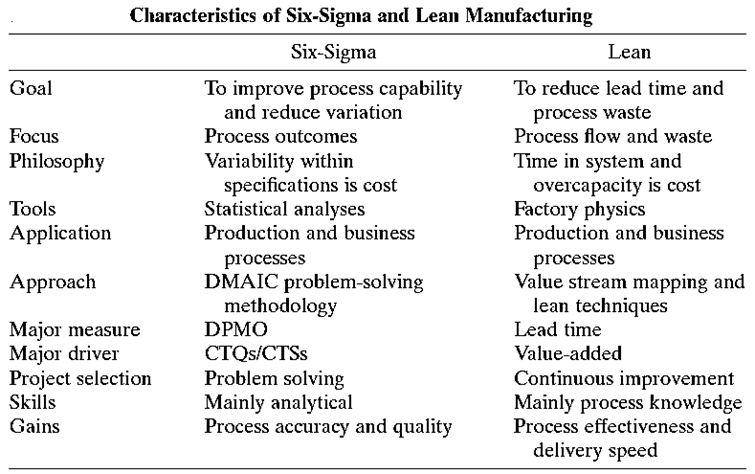SKEDSOFT
Lean six-sigma history:
1. LSS is presented by George (2002) to combine six-sigma’s focus on defects and process variation, with lean manufacturing’s link to process speed, efficiency, and waste. Since then, most companies have established LSS programs, especially after the proven capability of six-sigma and lean in leading companies, including Toyota, General Electric, and Motorola.
2. The concept of lean manufacturing as presented by Womack (1990) has a rich and proven history that began in the automobile industry at Ford in the 1920s and at Toyota in the 1950s.
3. Lean techniques are aimed primarily at eliminating waste in every process activity to incorporate less effort, less inventory, less time, and less space.
4. The main lean principles include reduced inventory, pull instead of push systems, small batches, line balancing, and short process times.
5. Other basic lean-manufacturing techniques include the 5Ss (sort, straighten, shine, standardize, and sustain), standardized work, and documentation.
6. This is attainable by making an attempt to eliminate or reduce the seven deadly wastes of overproduction, inventory, transportation, processing, scrap, motion, and waiting or idle time.
7. Both the lean and the six-sigma methodologies have proven that it is possible to achieve dramatic improvements in both cost and quality by focusing on process performance.
